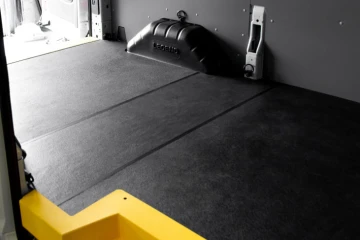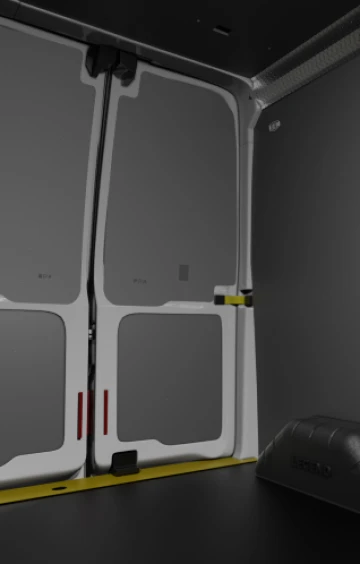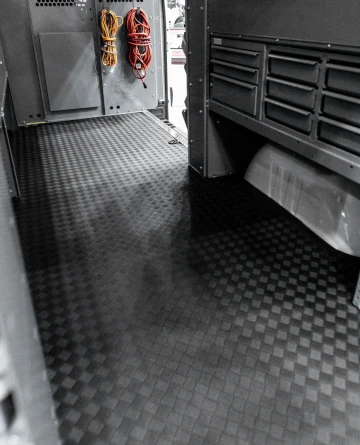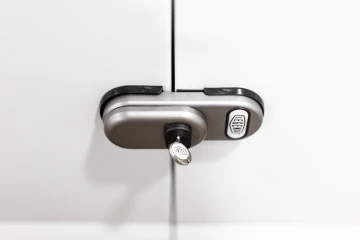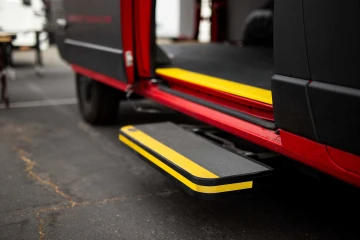14 Nov 22
Coefficient of Friction: What is it?
Knowing your vehicle and what its limitations are is something every driver should focus on so that they are in control of their own safety and have more agency on the road. Part of making sure that you’re safe when on the road is making sure everything in your van, yourself included, stays where you want it to. When looking for a new floor liner for a cargo van, a term that comes up often is “Co-efficient of Friction”, usually followed by a small number. This is a term in physics and knowing what it means can keep you safer on the road.
WHAT IS FRICTION?
Friction is the force of movement. It is a term used to describe when something is moving across a surface. A material’s “Coefficient of Friction”, or COF, is the rating of how much force it fights back with when something tries to move across it. The higher that rating is, the less slippery that material will tend to be. When the number hits 1, that means that in order to move that object the amount of force applied has to be equal to its own weight.
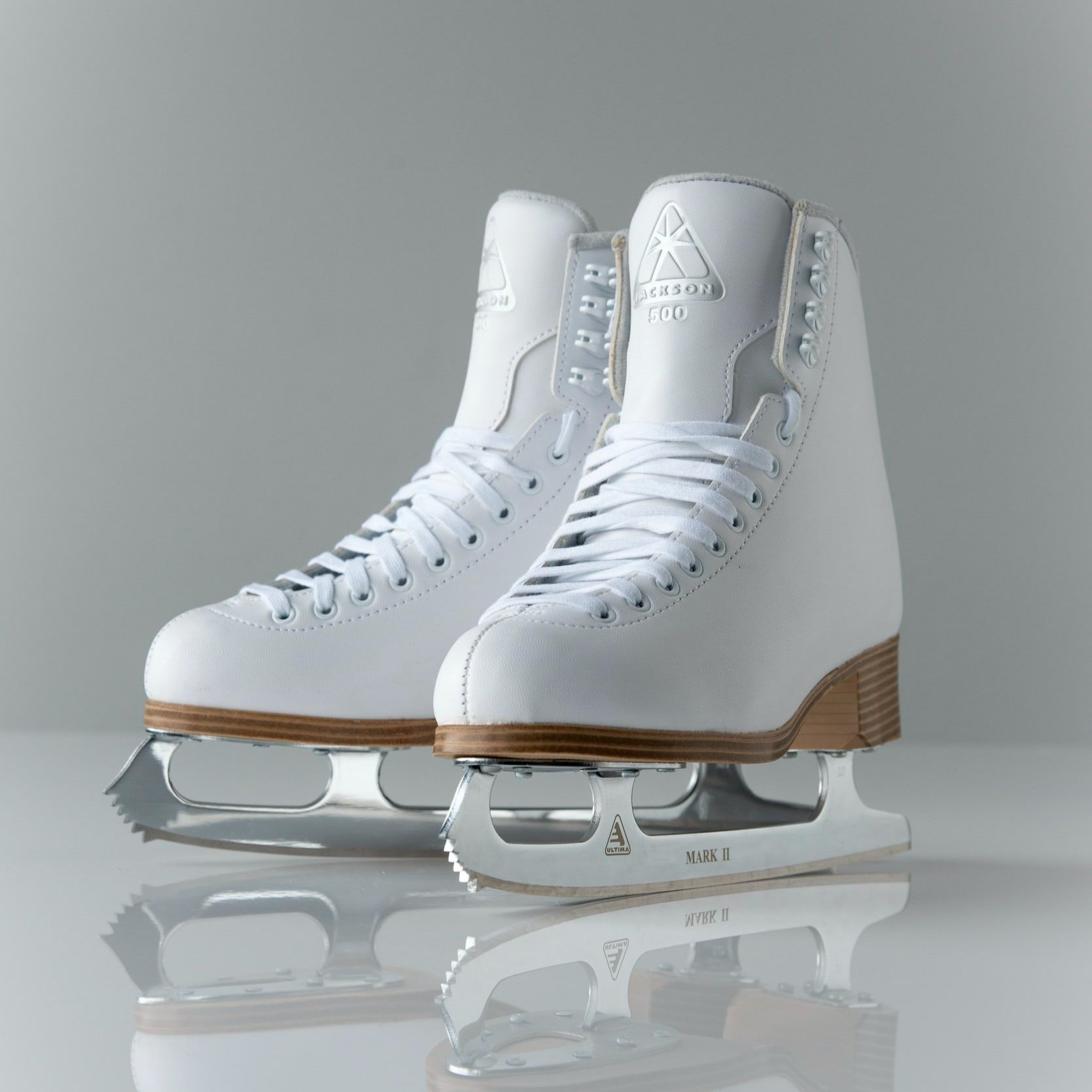
For example, steel on ice has a COF rating of 0.3, which means the two materials experience very little grip on each other. This is perfect for ice skating, as it allows the blades of the skates to travel much further on the ice than a pair of rubber-soled winter boots. On the other hand, The COF of rubber on concrete is 1.0, which means it won’t slide much at all, which makes it much easier to drive and stop without feeling like you’re on a frozen lake. The tires on formula 1 drag race cars can reach a COF rating of 4.0 when moving along the concrete, so the cars don’t slide around at the speeds they move at.
What happens when the coefficient of friction is too low? When the material on the ground isn’t gripping your footwear properly, you’re at a heavy risk of slipping and falling. In small spaces, this is especially dangerous. Head injuries or broken bones are both common effects of a harsh fall, and both can impede your work and pose a threat to your long-term health.
When shopping for a new floor for a cargo van, understanding the way that friction works and will affect everything in the van, including yourself, is an important concept for maintaining your safety. The American Society for Testing and Materials and The Occupational Safety and Health Administration both state that any floor with a COF rating of 0.4 is safe, but the standard minimum is 0.5 for slip resistance. Additionally, the Americans with Disabilities Act has set a standard of 0.6 for accessible flooring. Once a material hits a rating of 1, you’ll start to have difficulty moving across it which is both uncomfortable and unsafe in a small area like the back of a van.
WHAT ARE SOME HIGH FRICTION FLOORS?
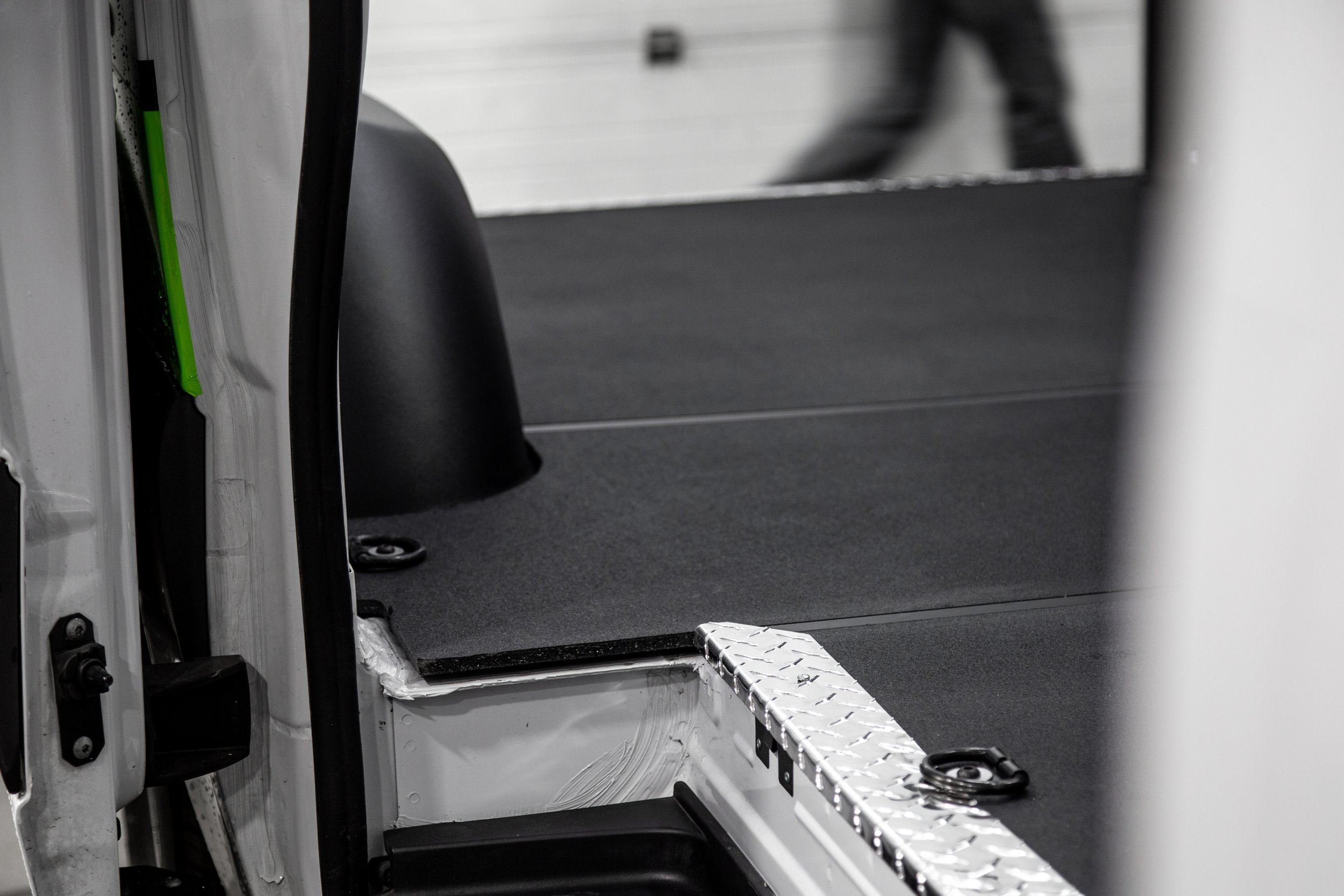
Because having proper grip is most important when the floor is wet, making sure the COF of your floor is high even when moisture is involved is a good step in choosing your flooring. LEGEND’s StabiliGrip and EVOLVE floors both have a COF rating of 0.85 when they are dry, and 0.8 when they’re wet. This means that even when the van is in a place where there is water around, the inside of the cabin of the vehicle will be slip-resistant.
Having safety-related info on any materials in your workplace is a good practice. Having potentially dangerous articles in your vehicle’s cabin only makes it that much more important to know how best to stay standing and not topple over if you lose your footing. Knowing now that plywood floors have half the CoF of their LEGEND counterparts, which floor would you trust in your vehicle?
Share Article





